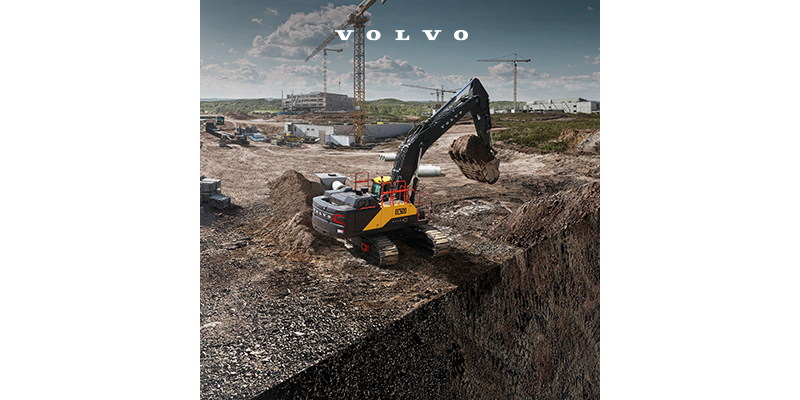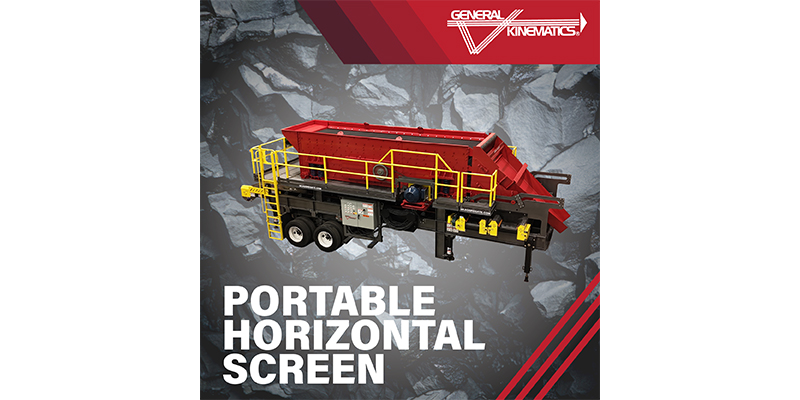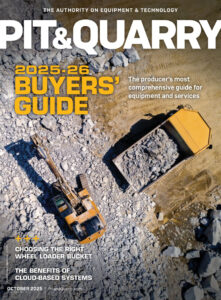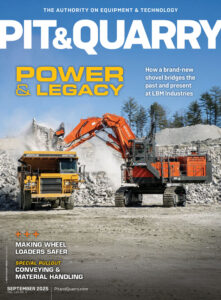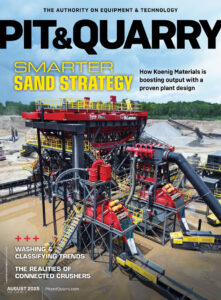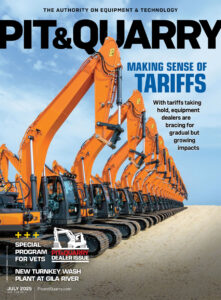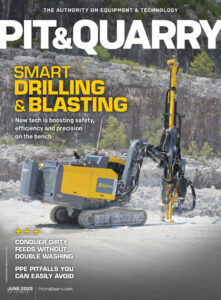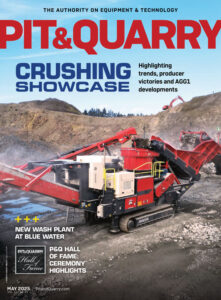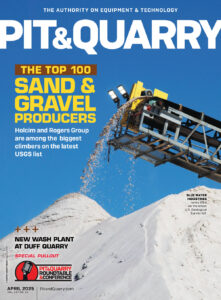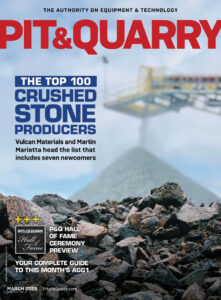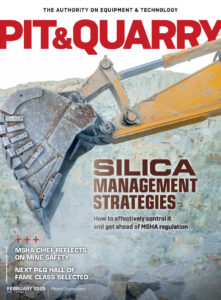I touched on the hierarchy of controls in this column earlier this year, outlining the best ways to control hazards – from eliminating them to relying on personal protective equipment (PPE) to manage exposure.
The higher up you go on the triangle depicting the hierarchy of controls, the more effective the elimination is. PPE appears at the very bottom of the triangle, but why is it considered the least effective control?

Well, that control requires end users to recognize the need to wear it. They must act and put PPE on properly, and they must bear the responsibility of maintaining it.
While PPE may be the least effective control, it is still critical that we wear it when needed.
Exposures in the pit and quarry world are relatively predictable. Common exposures include noise, eye hazards, sharp edges, inhalation, bumps and bruises, and strains.
Of course, we all rely on a few common pieces of PPE. Hard hats, safety glasses, hearing protection, gloves, proper footwear and high-visibility clothing such as vests are the most consistent PPE items used in our industry.
Rather than explain how these items protect us, let’s dive into some overlooked aspects of PPE. I’ll provide some tips to make your overall PPE process a smoother one.
Make PPE available
I’ve supported many industries, and PPE availability pops up as a consistent issue.
I’ve seen companies cited for no PPE available when a whole trailer load was on site. Yet, the person with the key was not present.
The pitfall in that case was a bottleneck: one person who managed multiple sites was the gatekeeper. So, make every effort to remove supply bottlenecks and ensure that necessary PPE is available.
Inspections & cleanliness
Let’s face it: Working in a pit or quarry is not like working in a factory. Just park a black vehicle near a crusher and see how clean it is at the end of the day.
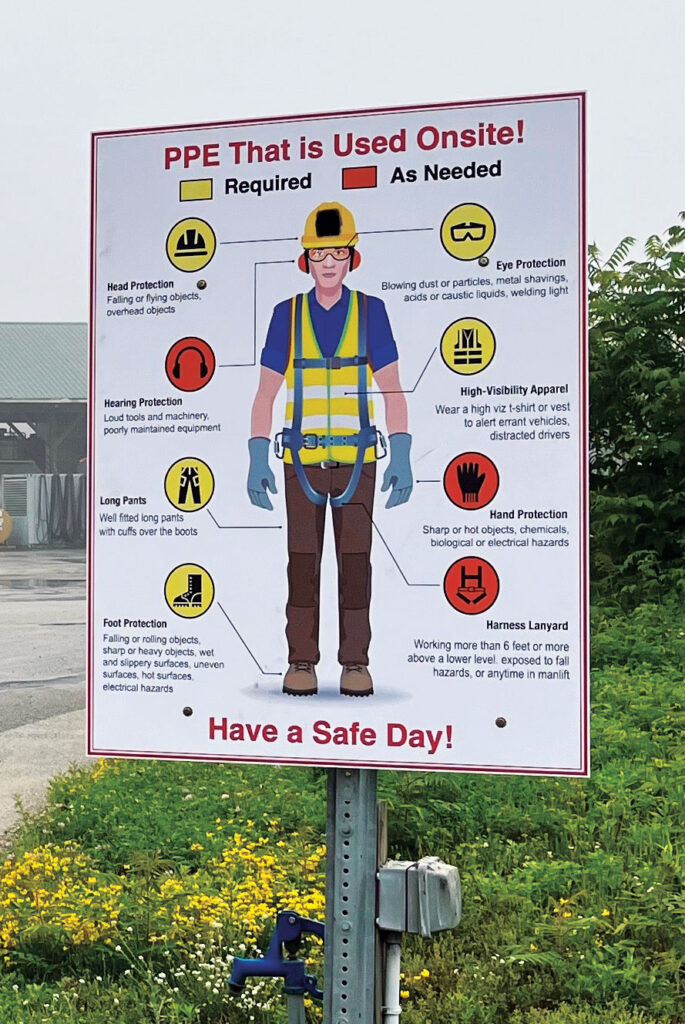
Our PPE contends with the same contaminants. Management and safety professionals should be on the lookout for this in the field. They should speak up when they see PPE that isn’t clean or must be replaced.
Items to look for include scratched safety glasses, soiled high-visibility clothing, excessive stickers on hard hats that cover up potential damage that can’t be seen during inspections, inappropriate storage of PPE and anything that may compromise the effectiveness of PPE.
Wear it appropriately
Some of the most effective sites I’ve seen have pictograms demonstrating to employees and visitors which PPE is needed on site. Many of these illustrate how PPE should be worn.
Management and safety professionals should reinforce what’s expected through consistent field visits and targeted feedback. A critical point here is that management and safety pros must “walk the talk” on these expectations.
I have seen safety cultures quickly undermined by managers and safety pros who do not wear expected PPE when in the field. These bad examples set a tone, and they’re not easily forgotten.
Use your ears
My last tip related to PPE is to listen. Listen to your teams.
The people doing the work know what works and what doesn’t. Aside from the occasional grudge of not wanting to wear PPE at all, feedback from teams is usually about fit or effectiveness – both of which are valid concerns.
Another item to listen in on is incidents that occur. These will reinforce if PPE is effective, if it’s being worn and if you have deeper items to address.
Final thoughts
PPE is the last line of defense, meaning if it’s needed to prevent an injury, several other barriers likely failed. So, dig deeper in your investigations, and don’t settle on PPE being the sole corrective action.
For those supervisors out there: I encourage you to rip this page out of the magazine (or copy it) and use it at your next toolbox talk to spark more awareness on PPE.
Stay safe out there, and email any photos you’d like to see spotlighted in this column.
Steve Fuller has worked for the past 20-plus years with a variety of industries – including aggregates – in operational and safety leadership roles. Now representing Steve Fuller Company, he can be reached at steve@stevefullercompany.com.


